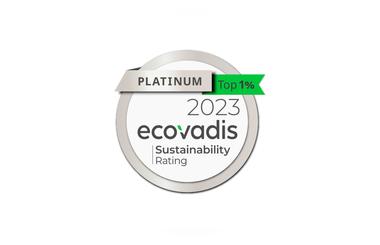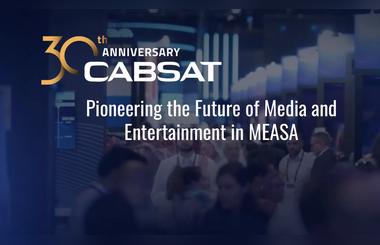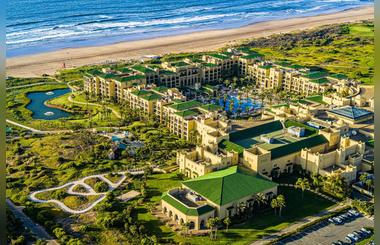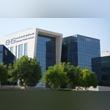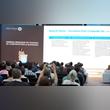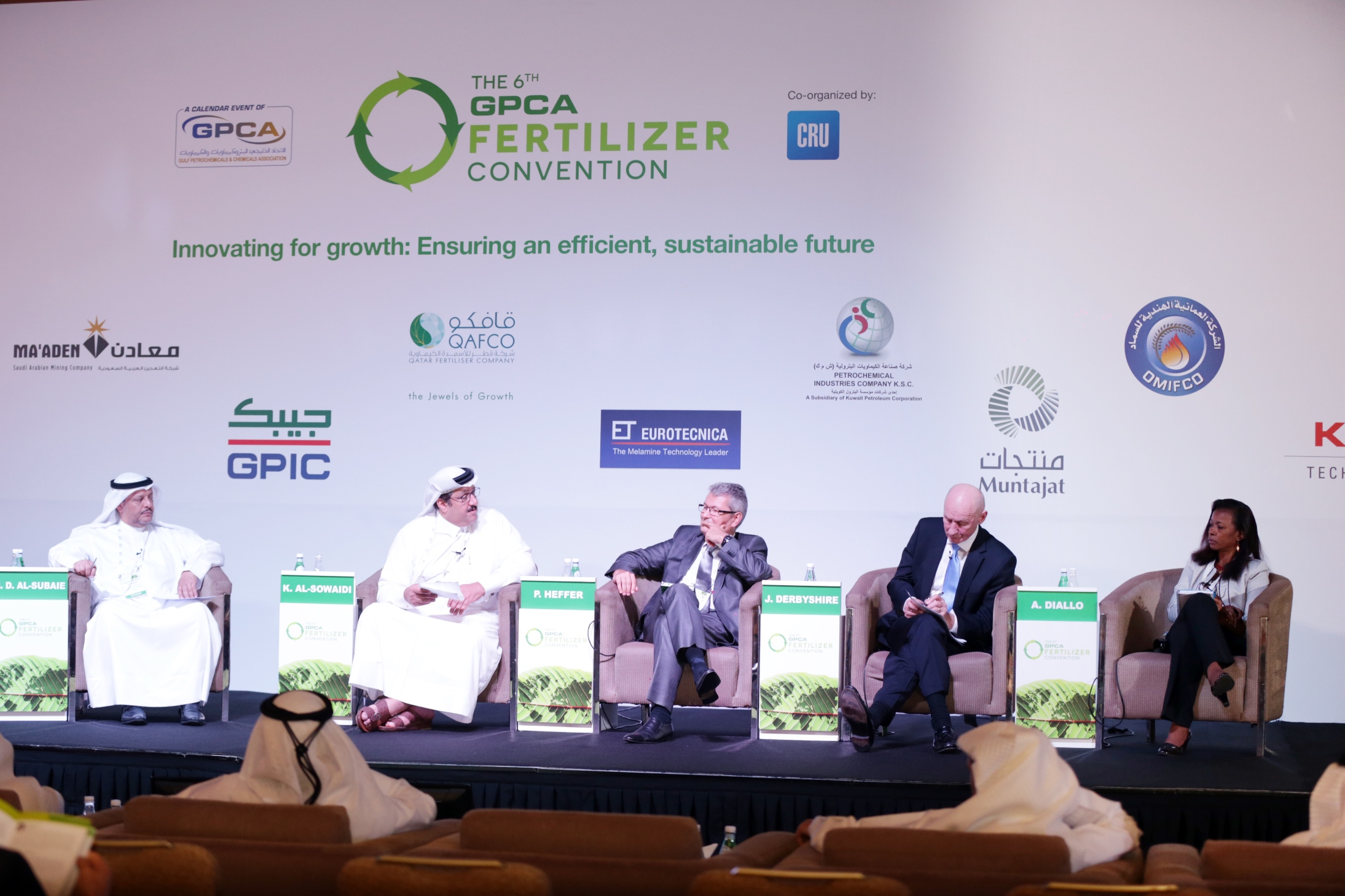
- ID Number 21467
- Aug 08, 2023
- 202
GCC fertilizers entering critical period of opportunities and challenges, say experts at GPCA Fertilizer Convention
While fertilizer producers in the GCC have achieved many milestones in the last decade, demographic and economic challenges lie ahead in the near term, warned industry insiders at the 6th Fertilizer Convention, hosted by the Gulf Petrochemicals and Chemicals Association (GPCA).
The GCC is a major global exporter of urea and ammonia, said Khalifa Al-Sowaidi, Chairman of the GPCAs Fertilizer Committee and Chief Executive Officer of QAFCO, in his keynote speech. Traditionally, the margins for GCC producers are healthy due to access to favorably priced gas, a key raw material in the production of fertilizers.
Producers in the Arabian Gulf manufacture 40.9 million tons of fertilizers, according to the latest GPCA research, a capacity that has grown by 102% since 2004. An exported oriented industry, which trades up to 22.9 million tons of products to diverse markets including North America, Asia and the Far East; the sector earned US$6.5 billion in revenues in 2014.
Globally, the fertilizer industry is expected to grow by 1.8% every year from now till 2018, said Al- Sowaidi. Yet, there are clear challenges on the horizon.
By 2050, the global population will reach 9.7 billion up from 7 billion people today, with the growth coming from Asia and Africa. The biggest challenge for leaders around the world is feeding this huge population, said Al- Sowaidi. We estimate that food production will need to increase by 70% to feed these people yet net arable land in this period will rise by just 5%.
And for regional fertilizer producers, a majority of which are government- owned, there are also economic challenges ahead.
The global fertilizer capacity is increasing so we [the GCCs fertilizer industry] might be in a position of oversupply, which will drive prices down, continued Al- Sowaidi. An additional challenge is the possibility of a nuclear deal with Iran, which could bring more oil to world markets, resulting in continuing low oil prices of the oil exporting GCC states.
Despite looming capacity shortfalls in the long- term, fertilizers will continue to be critical to the survival of the human race, according to a top executive of the International Fertilizer Industry Association (IFA).
Without fertilizers, we would hardly be able to feed more than 4 billion people, said Patrick Heffer, Director, Agriculture Service, IFA. Without fertilizers, we would need 1.2 billion hectares of land to produce just cereal. This area is something we do not have.
Looking ahead, the GCCs fertilizer industry must find strategies to meet demand for diverse markets, while remaining competitively priced.
The fertilizer industry in the Arabian Gulf has reached many milestones in the last decade, growing into a multi- billion dollar sector employing 51,000 people, said Dr. Abdulwahab Al- Sadoun, Secretary General, GPCA. However, with demographic and economic challenges, the era of large capacity growth with high profits is drawing to a close as competitors have access to favorably priced gas, an advantage that has traditionally served this regions petrochemicals industry well.
Therefore, GCC fertilizer producers must look into diversifying their portfolio to include high- value products. With the imminent launch of Saudi Arabias Wa;ad Al Shamaal phosphate city, and a small but growing specialty fertilizer industry, the good news is that the region is already well on its way to overcoming these challenges.
The 6th edition of the GPCAs Fertilizer Convention hosted more than 300 delegates from 34 countries to discuss strategies that enable the efficient and sustainable production of fertilizers to contribute to global food security and an environmentally sustainable future.
For more information, please visit http://gpcafertilizers.com/2015/

Making History: ASPIRE to Launch Inaugural ‘Abu Dh...
- Apr 23, 2024

ENOC Group partners with Loyyal to enhance ‘YES’ r...
- Apr 23, 2024

Septuagenarian Visitor's Life Saved at Kuwait Hosp...
- Apr 23, 2024

